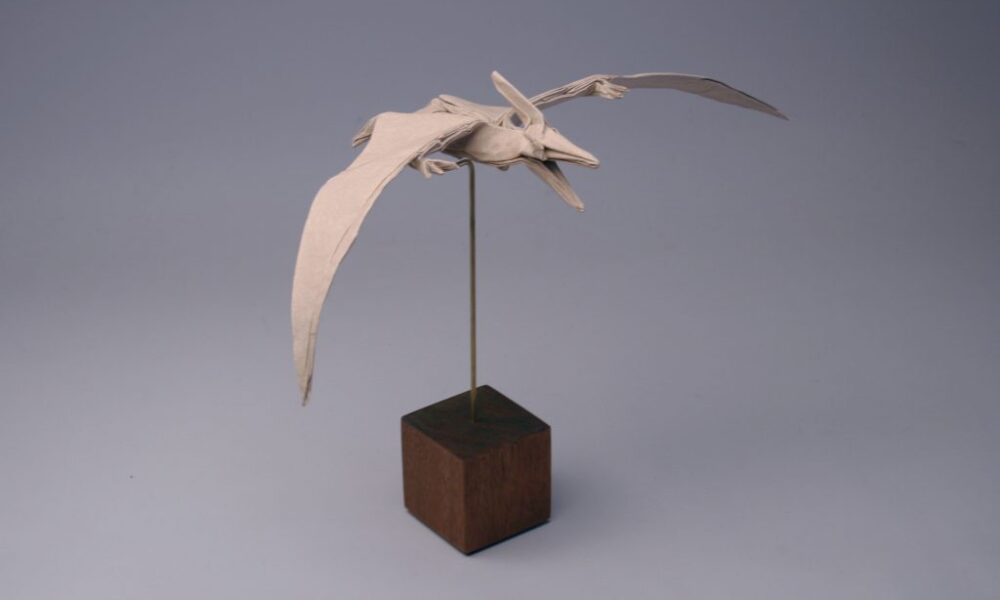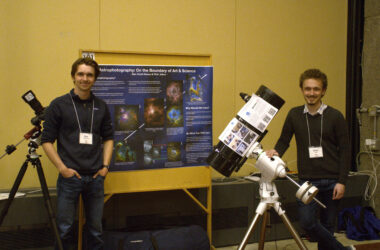If you haven’t been to the Redpath Museum since it reopened on Jan. 10, it is definitely worth a visit. The McGill Tribune combed through the collections to find five interesting objects that you might not have noticed to explore the science behind them.
1. Buddha Pearls
Right after checking your coat, you may notice the Redpath’s Cabinet of Curiosities, a small display with taxidermy, minerals, and tools. Keep an eye out for a tiny testament to human ingenuity: The Buddha pearls. At first, you’ll notice a kind of lumpy oyster shell, but if you take a closer look, you can see tiny, pearl-enclosed figures of the Buddha.
The pearls are part of the Chinese tradition dating back to the fifth century C.E. of placing lead or ceramic figurines—often smaller than a penny—into mussels, clams, or oysters. The mollusk then treats the figurine the same way it would treat any natural debris that had entered its shell: It coats it in a layer of nacre, better known as mother of pearl. Over time, these layers create a shining pearl in the shape of the original figurine, and in this case, the Buddha.
2. Petrified Wood
Over in the geology display cases, the Redpath presents a handful of samples of petrified wood, which are essentially fossils of trees created through a process called mineral infiltration. When trees are covered by sediment, they are very gradually infiltrated by minerals like silica.
These minerals encase all of the features of the original tree, creating a mineral copy of the tree’s structure. Meanwhile, as the tree decomposes, more and more of it is replaced by minerals, until it eventually has no organic material left and the wood of the tree has been completely replaced. This infiltration even preserves details like tree rings, making them beautiful and scientifically useful specimens.
3. Paper Pteranodon
While you’re looking through all of the taxidermy and prehistoric dioramas on the second floor, take a moment to look up. You’ll find, among other things, a life-size model of a pteranodon hanging from the ceiling, a type of flying reptile from the Mesozoic period and one of the largest flying animals to ever exist. The model is actually origami, folded out of one four-metre sheet of paper manufactured specially by a local Montreal company, Papeterie Saint-Armand. The mastermind behind the piece is Robert Lang, a physicist and origami artist who uses mathematical software—including some that he personally designed—to create and visualize incredibly complex folding patterns.
4. Canyon Diablo Meteorite
Hidden away in a far corner on the second floor lies an easy-to-miss meteorite, which is stored in a glass box and cryptically labelled “CAÑON DIABLO,” but is worth a second look. This 60-kilogram fragment was collected from Arizona’s Meteor Crater, created 50,000 years ago by an asteroid about 40 metres in diameter. According to the Lunar and Planetary Institute, the impact would have created winds of roughly 1,000 kilometres per hour and thrown bedrock a distance of over a kilometre, devastating most life in the surrounding area.
5. Iridescent Glass
Once you venture up to the third floor, where you are level with the Pteranodon, take a moment to gaze at the ancient Roman display cases. Among the theatre masks and well-worn coins, there are some excellent examples of early glass manufacturing, including some bottles for oil, plates, and small bowls. It may take you a moment to realize that these are actually made of glass, since their opacity and iridescence do not resemble modern, transparent glassware.
This iridescence is actually an accident: It occurred over time through a natural, chemical process. First, the glass object had to be buried—this typically happened as part of a funeral offering. Then, acidic water from the soil leached alkali out of the glass, where it collected along the surface of the bowl or bottle. Over time, many thin layers of alkali built up, forming a prism which reflects light in just the right way to get that iridescent shine. This effect was prized by the Victorians and was replicated intentionally by the famous glassmaker Charles Tiffany in the 1890s.








